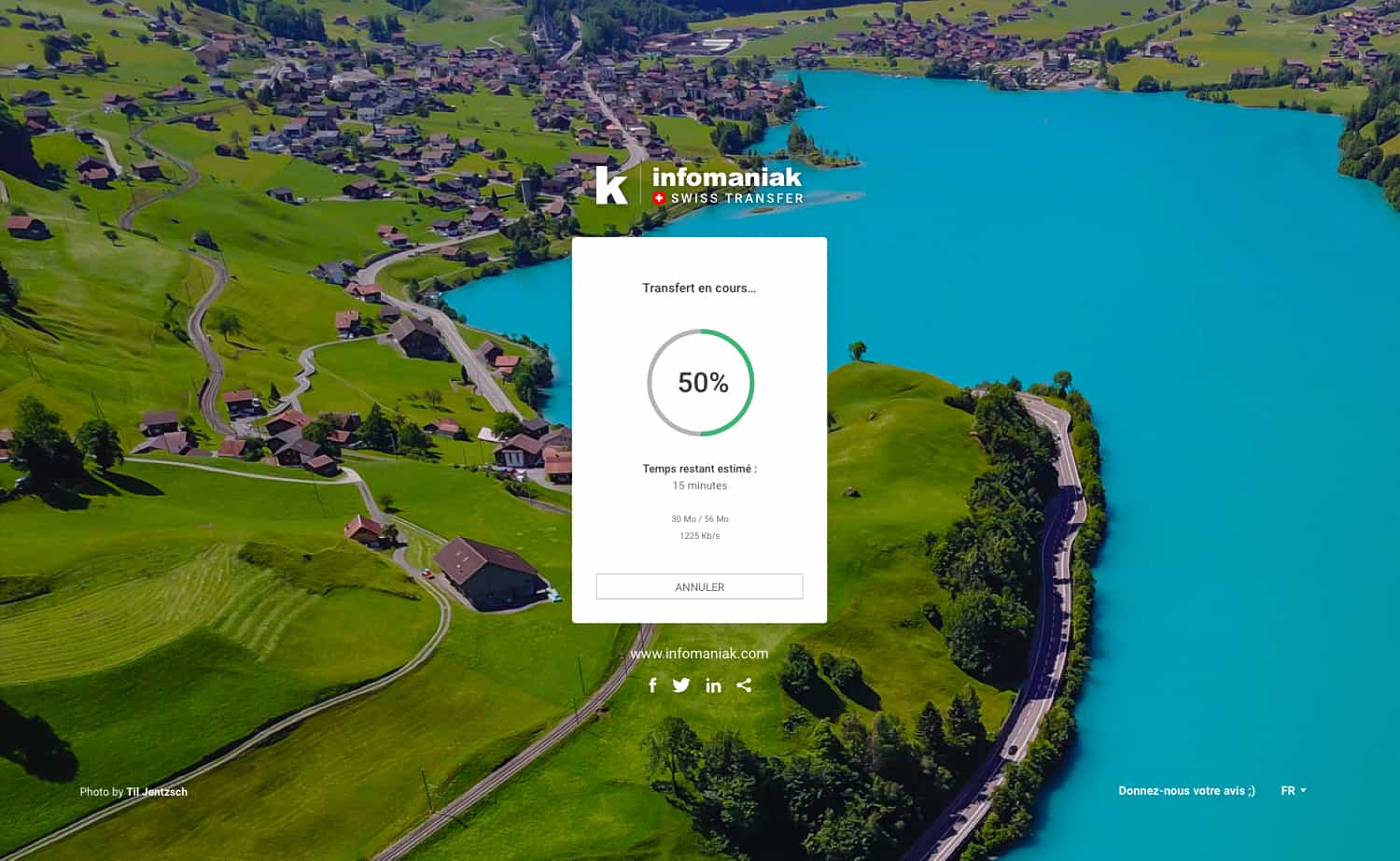
I.e 1) enumerate pathways and link pairs (neither argument is instantiated), 2) find the links for a particular pathway (pathway argument is instantiated),ģ) see which pathway has a set of links (links argument is instantiated), or 4) check whether a given pathway has a given set of links (both arguments are instantiated). We can use this predicate in all directions, We can view this graph for an individual pathway using ridPathway_links/2 shown below. This results in a number of different edge types depending on how the output of r1 controls r2.ĪCTIVATION ACTIVATION-ALLOSTERIC INHIBITIONINHIBITION-ALLOSTERICINHIBITION-COMPETITIVEINHIBITION-NONCOMPETITIVE This edge type we name 'precedes'.Īn output of a reaction r1 is a control of another reaction r2. When an output of a reaction is an input to another reaction. There are edges between these nodes in two cases: Our model states that reactions are nodes on a graph.
#SWISH TRANSFER FULL#
The full documentation for the API is here.

Often these higher level predicates give a more intuitive and compact view of the data. In addition to the direct method of querying the RDF file using the Prolog semantic web library, a number of higher level predicates built on top of this library are also provided. The semantic web library of prolog has other access predicates to query this data,įor more details see the documentation here. You can then find further solutions, with 'next'.

To see how this is done click the blue play triangle in the cell below. We can query this data directly with the rdf/3 predicate. Reactions are also optionally controlled.Įach biological entity such as proteins, small molecules, and reactions are given an ID.Įntities also include 'Complexes' and 'Protein sets'.Ī complex is a set of molecular entities that have combined together.Ī protein set is when a set of proteins can perform the same biological function.īoth complexes and protein sets can also themselves be composed of complexes and protein sets. Reactions have inputs and output entities. In brief, the principle type of entity in Reactome is the reaction and This is fully documented on the Reactome site: Reactome Data Model. The underlying data model is based on a RDF triple graph. Note: All queries to Reactome Pengine are logged. Note: To familiarise yourself with SWISH and Prolog see the examples in the toolbar menu. The examples of functionality in this notebook are a fraction of the possible ways to use Reactome Pengine, Next we give some example queries that illustrate the capabilities of Reactome Pengine in the context of a SWISH notebook, including graphical rendering, R integration and Javascript applications.Īlso note that further functionality of the Pengine Reactome can be utilised by building client applications in the full desktop version of SWI-Prolog. We then explain where computations take place. Secondly, we explain the data model that we have built into Reactome Pengine.

In this notebook we first briefly explain the data model of the underlying Reactome data set.


 0 kommentar(er)
0 kommentar(er)
